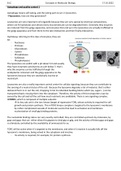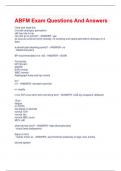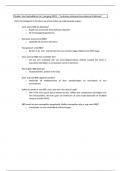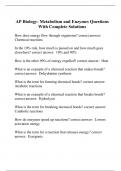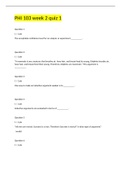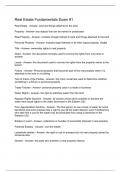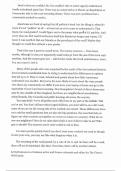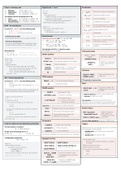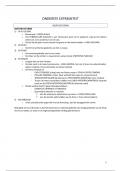College aantekeningen
Autophagy and quality control 1
- Vak
- Instelling
Autophagy means self eating, and the eating part occurs in lysosomes. lysosomes, how are they generated? Lysosomes are very important cell organelle because they are very special by chemical compositions, where are fit hydrolases and almost every macromolecule can be degraded there. General...
[Meer zien]
